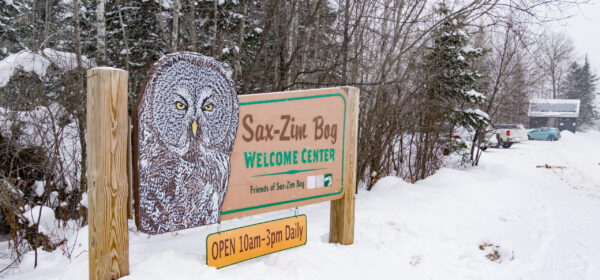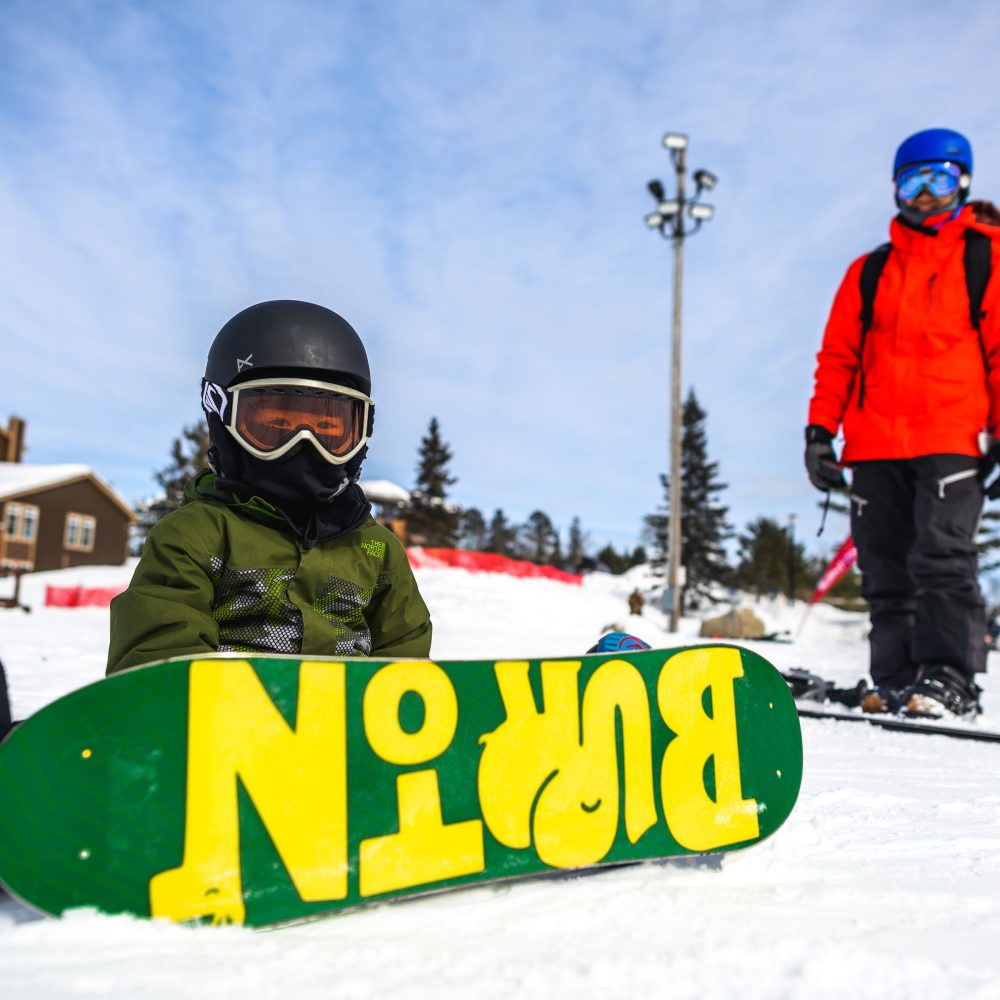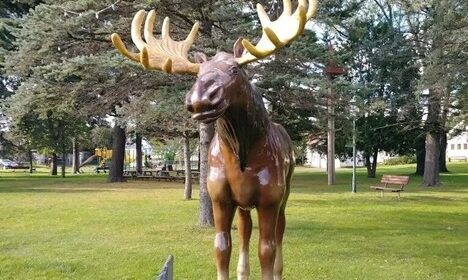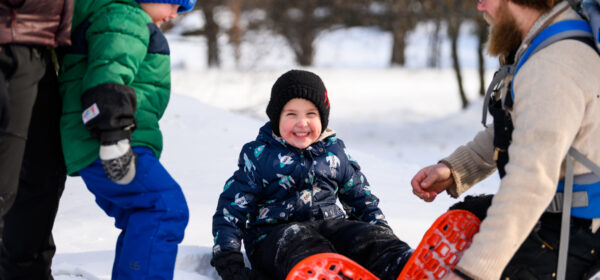Minnesota Winter Birds: Simple Photography Tips for New Birders
Have you ever dreamed of photographing a Great Gray Owl gliding through a boreal forest? Or capturing the bright flash of Evening Grosbeaks against a northern Minnesota winter sky? At the famous Sax-Zim Bog, these magical moments happen more often than you think! Whether you’re just starting out with winter bird photography or you’ve been shooting for years, these three tips will help you make the most of your adventure in this incredible winter birding destination.
If you’re new to the Sax-Zim Bog, check out our visitor’s guide first to learn about this special corner of northern Minnesota’s Iron Range. Once you’re familiar with the basics, let’s dive into how to capture amazing winter bird photos.
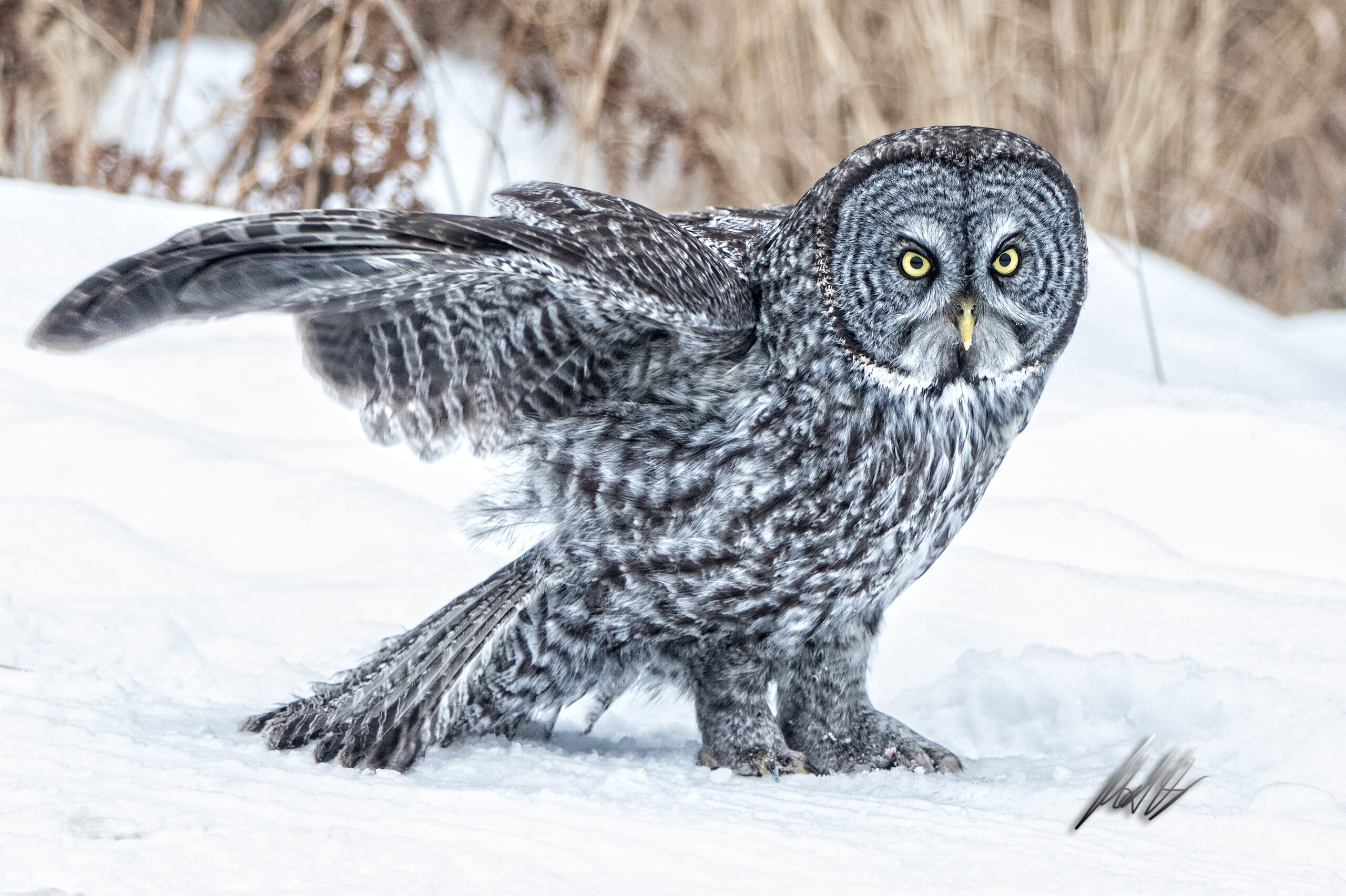
Image by Matt Herberg
Work With the Winter Light
If you’ve ever taken a photo of a Black-backed Woodpecker against snow, only to end up with a dark silhouette, don’t worry – this happens to everyone at first! The trick is understanding how to help your camera handle the bright snow and dark boreal birds.
Here’s what works: First, try adding some “exposure compensation” to your camera’s settings (look for the +/- button). Start with +1 and take a test shot. If your Boreal Chickadee or Northern Hawk Owl still looks too dark, try +1.5 or +2. This tells your camera to let in more light, which helps show all those beautiful feather details that might otherwise be lost in the shadows.
The best times for photography are early morning and late afternoon, when the light has a golden quality that makes everything look magical. These times are especially good for capturing Great Gray Owls and Sharp-tailed Grouse along the edges of the spruce and tamarack forests. But don’t pack up your camera if it’s cloudy! Overcast days can be perfect for photographing winter finches at the feeding stations, since the soft light brings out all the rich colors in Pine Grosbeaks and Common Redpolls.
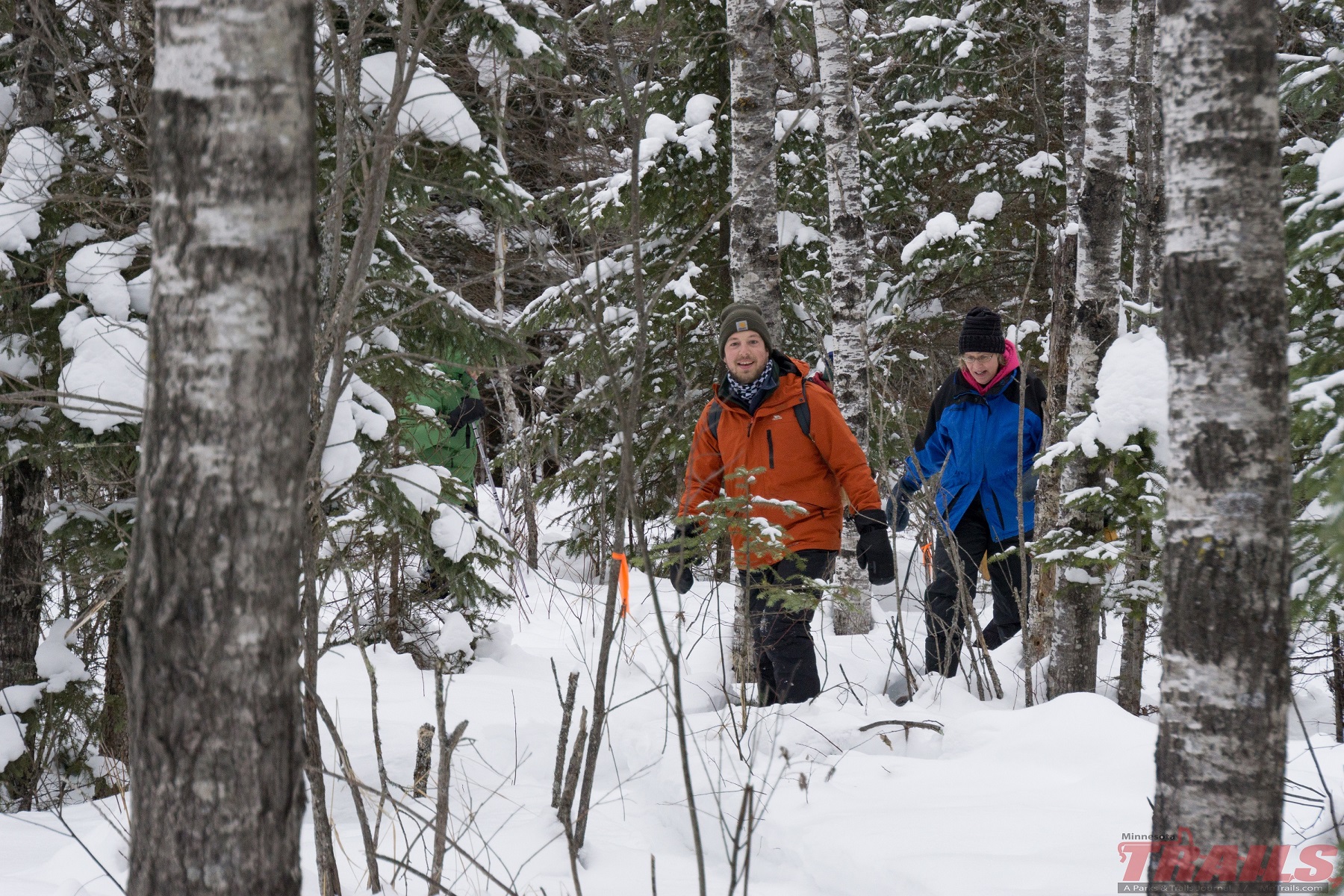
Image courtesy of Minnesota Trails Magazine
Stay Warm, Keep Shooting
It gets cold in the bog – really cold! But don’t let that stop you from getting great shots of boreal species. The secret is keeping both yourself and your camera gear ready for action in the Minnesota winter weather.
Your camera batteries will drain faster in cold weather, so keep spare batteries in an inside pocket where your body heat keeps them warm. When you head back to your car to warm up (and you should, regularly!), put your camera in a plastic bag before bringing it inside. This prevents condensation from forming on your lens when you go from cold to warm air.
Think Like a Bird
Want to know the real secret to getting amazing winter bird photos? It’s understanding bird behavior in their boreal habitat. The more you know about when and where birds will be active, the better your chances of being in the right place at the right time.
For example, Great Gray Owls love hunting along the edges of meadows where they meet the spruce forest, especially early in the morning or late afternoon. If you find a spot where an owl has been hunting, chances are good it’ll return to the same area. Northern Hawk Owls are easier to spot – they often sit right on top of dead trees in the tamarack bog, surveying their territory throughout the day.
The feeding stations throughout Sax-Zim Bog are gold mines for photographers. At Admiral Road, you might catch Canada Jays and White-winged Crossbills swooping in for a snack, while Mary Lou’s feeders are famous for their Evening Grosbeak gatherings. The Friends of Sax-Zim Bog maintain these stations throughout the winter months, creating perfect opportunities to photograph both common and Hoary Redpolls, Pine Siskins, and even the occasional Northern Shrike.
Read more about all the Minnesota bird species you can find in the Bog.
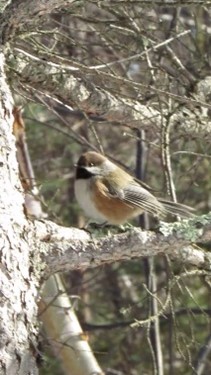
Boreal Chickadee
Ready to Capture the Magic?
These three simple tips – understanding winter light, staying comfortable in the cold, and learning bird behavior – will help you capture the magic of winter birding at Sax-Zim Bog. Remember, every great photographer started somewhere, and even the experts are still learning new tricks.
Before you head out, check the Friends of Sax-Zim Bog website for current conditions and bird sightings. Consider joining a guided winter birding tour for your first visit – local guides know all the best spots and can help you find those hard-to-spot boreal species.
Most importantly, have fun! It’s a special feeling, spending a winter day in the bog, camera in hand, waiting for that perfect moment when a beautiful bird appears. Every visit to this important bird area brings new opportunities, and you never know what wonderful things you might see through your lens.
Remember to always put the birds first – keep a respectful distance, avoid disturbing them, and follow the posted guidelines. This helps ensure these amazing creatures will keep coming back to delight photographers for years to come.

